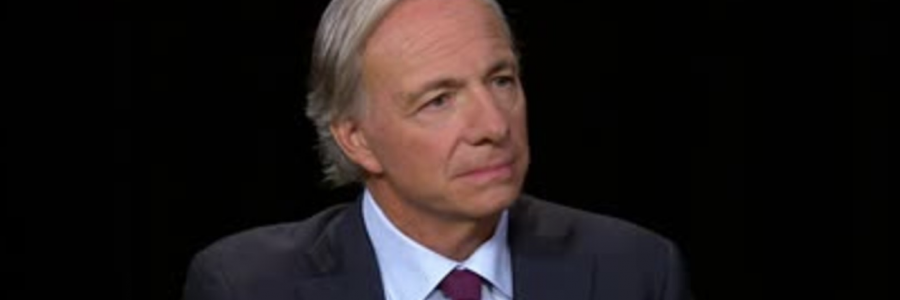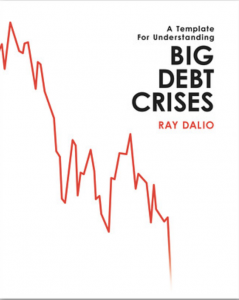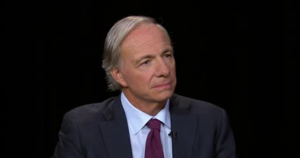
How to navigate a debt crisis


The founder of the world’s largest Hedge fund Bridgewater Associates which is a global macro investment firm and Hedge fund guru Ray Dalio, simplifies the big debt meltdowns by analysing the issue into cause and effect.
Dealing with Debt Crises is about spreading out the pain, and spread out the cost of the debt widely enough so that the crisis can be survived.
If a country has debts primarily in its own currency, they can survive the crisis as show by the US in better shape than others because it enjoyed the Privilege of Printing the world’s reserve currency. Greek, Cyprus and several other countries on the periphery of the Eurozone suffered the greatest damage as they had no control of their own currency. Dalio predicted the problems were hardest in economies that do not control the currency in which they borrow – where the crisis dragged on the longest and created the greatest economic pain.
Dalio reveals the practical nuts- and-bolts approach borrowed from engineering to deal with multi-faceted issue into a simple process of cause and effect.
The Hedge fund guru’s regular insights on social media are closely followed, when he posted on Twitter and Facebook earlier this year, “ Pain+ Reflection =Progress”.
An economy is simply the sum of the transactions made and a transaction is a simple thing which consists of the buyer giving money (or credit) to a seller and the seller giving a good service or a financial asset to the buyer in exchange. A market consists of all the buyers and sellers making exchanges for the same things. An economy consists of all the transactions in all of its markets, a zillion simple things working together which makes it look more complex than it really is.
Dalio and his team did a deep dissection of 48 historical debt crises from the hyperinflation that hit Germany’s Weimar Republic, to the Great Crash and Asian crises of the 1990s to the crisis that struck Russia four years ago. His theory of how these crises can be easily handled and deriving clear templates from his data for how the average crisis arises and reaches resolution.
Crisis after crisis – from Mexico to Thailand via Russia – sees money pour in to healthy investments. He explains the debt cycle is not primarily psychological and solving depression is not simply a question of encouraging people to overcome their fear. The problem is more mechanical as the debt accumulates it becomes increasingly harder to service it. When people do not get the repayments they were expecting, economic activity fails.
The most important problem being “people discovering that much of what they thought was their wealth was merely people’s promises to give them money”.
“ In the end, policymakers always print.” The decision of the Ed and later other major central banks to resort to unfunded asset purchases, essentially printing money, is still hugely contentious.”
According to Dalio “ Austerity causes more pain than benefit, big restructurings wipe out too much wealth too fast, and transfers wealth from haves to have-nots don’t happen in sufficient size without revolution.”
He divides crises into deflationary depressions, with the Depression of the 1930s and the experience of Welmar Germany, and when it comes to dealing with crisis, there are two critical questions, does the government have control over the currency in which the debt is issued? And can it exert some control over how debtors and creditors resolve the crisis?
If the answer is no both, as is usually the case when emerging markets hit crisis, then the consequences in terms of human suffering will be greater and far harder to avoid.
People often get careless as standards decline, a bubble forms when the debt cannot be repaid.
Ray Dalio, writing on the 10th Anniversary of the Lehman bankruptcy, the rise of US interest rates and the Federal Reserve moves to retreat from emergency measures introduced during the crisis have led to sell-offs of emerging market currency and bonds the very moves in the past were antecedents for debt crises.
Too many suffered too much for too long, while those responsible avoided justice.
A Template For Understanding Big Debt Crises by Ray Dalio, Bridgewater, 471 pages.
